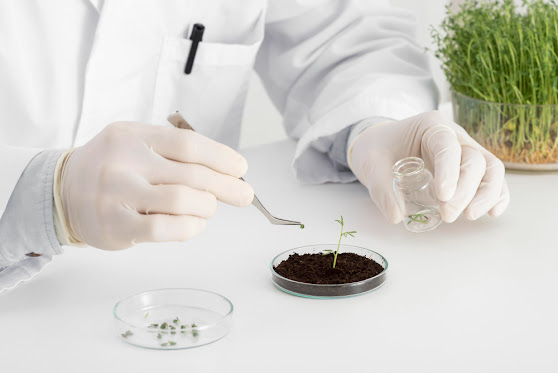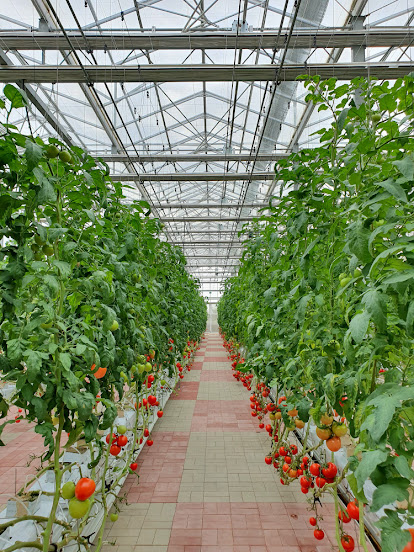Understanding Soil pH and Its Impact on Plant Health: Tips for Proper Soil Testing
In gardening, soil pH is a critical factor that profoundly impacts plant health and growth. It determines the availability of nutrients for plants and directly affects their ability to thrive. In this blog, we'll explore the significance of soil pH, its effects on plant health, and offer essential tips for accurate soil testing.
Impact of Soil pH on Plant Health
Nutrient Availability:
The solubility of nutrients in the soil is influenced by the pH of the soil. Certain nutrients are more or less accessible to plants at various pH levels. For instance, whereas alkaline soil may have more readily available calcium and magnesium, acidic soil typically tends to have more readily available iron, manganese, and aluminum. Even vital nutrients may become "locked up" and inaccessible to plants if the pH is too severe.
Acidic Soil Effects:
Vital nutrients like nitrogen, phosphorus, and potassium may not be as readily available to plants in acidic soil. This may result in poor fruiting or flowering, yellowing (chlorosis) of the leaves, and reduced growth.
Alkaline Soil Effects:
Iron, manganese, and other micronutrients may become less accessible in alkaline soil, leading to comparable nutrient deficiency symptoms. Alkaline soil can also result in "lime-induced chlorosis," a condition where leaves become yellow from a lack of iron.
Tips for Proper Soil Testing
Get a Soil Testing Kit: You can easily get a soil testing kit from a local agricultural extension office or from garden centers. These kits normally come with everything needed to assess the pH as well as guidelines for taking precise soil samples.
Gather Soil Samples: Gather soil samples from various parts of your garden using a clean shovel or trowel. Remove any debris before combining the samples in a tidy container. Avoid sampling near structures, compost bins, or locations where fertilizer has recently been applied if you want precise data.
Perform the pH Test: To conduct the pH test on your soil sample, refer to the instructions included with the testing kit. A soil sample may be added to a test solution, and the pH level will be determined by monitoring how the color changes.
Changing Soil pH: You can use soil amendments to change the soil pH if it is outside the range that your plants prefer. For plants that prefer an acidic environment, sulfur or aluminum sulfate can be added to decrease the pH, whereas lime can be added to raise the pH for plants that prefer an alkaline environment.
Conclusion
In conclusion, soil pH plays a crucial role in plant health by influencing nutrient availability. Understanding and testing soil pH helps select suitable plants and ensure thriving gardens. Regular testing and adjustments, along with the use of the best LED grow lights, promote vibrant plants and a flourishing garden. With optimal conditions, gardeners can enjoy the beauty and productivity of their plants to the fullest.


Comments
Post a Comment